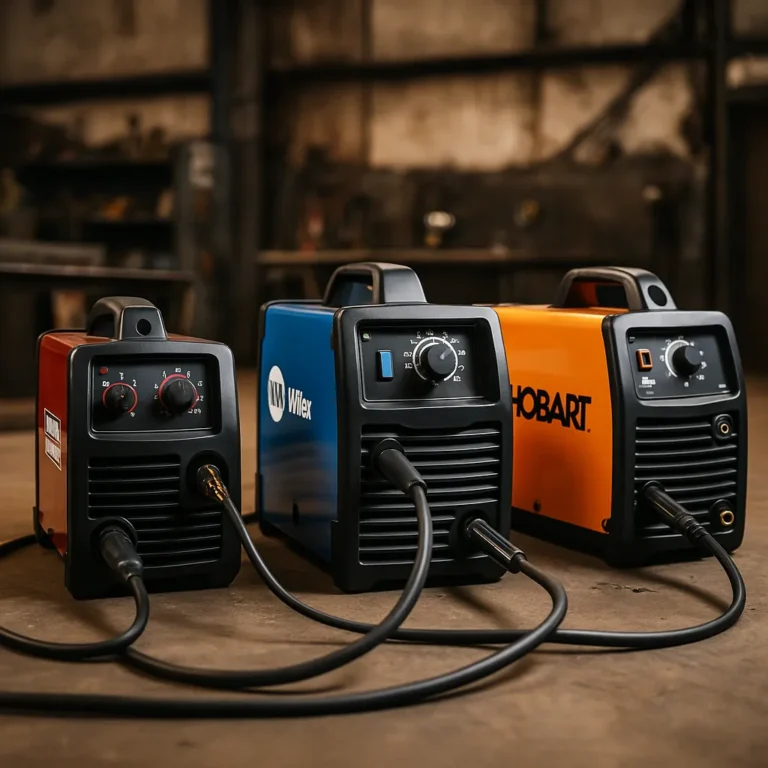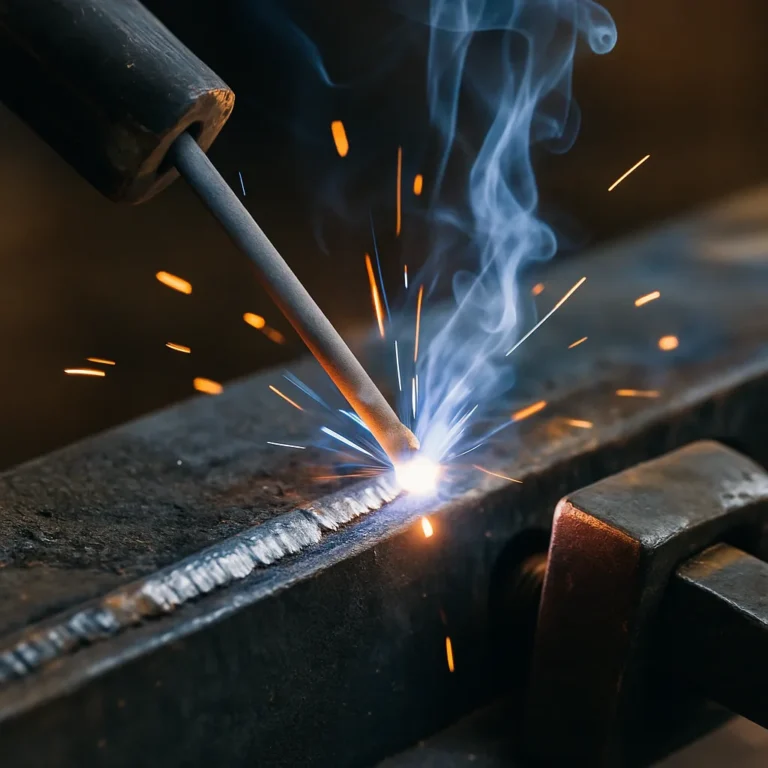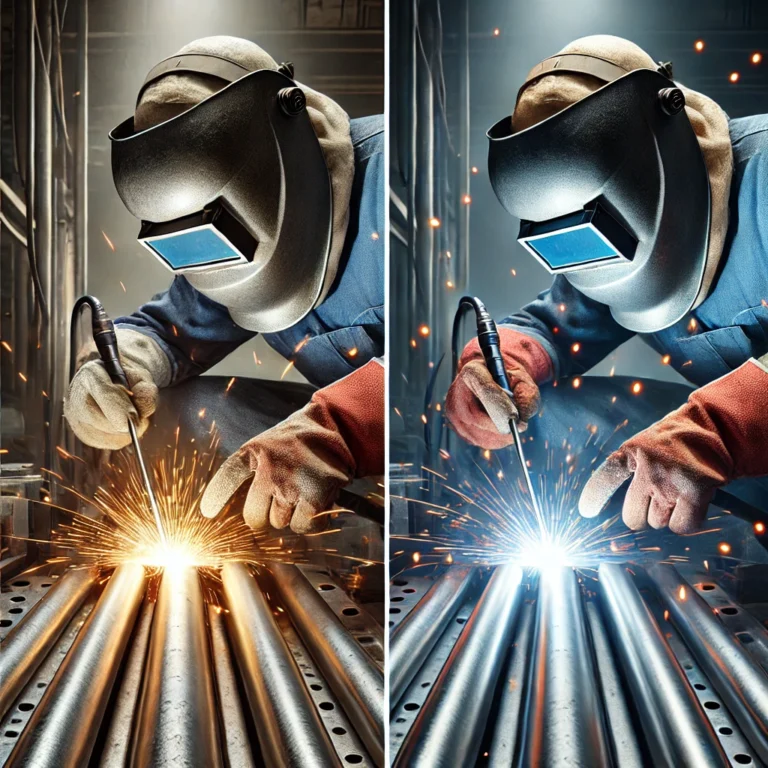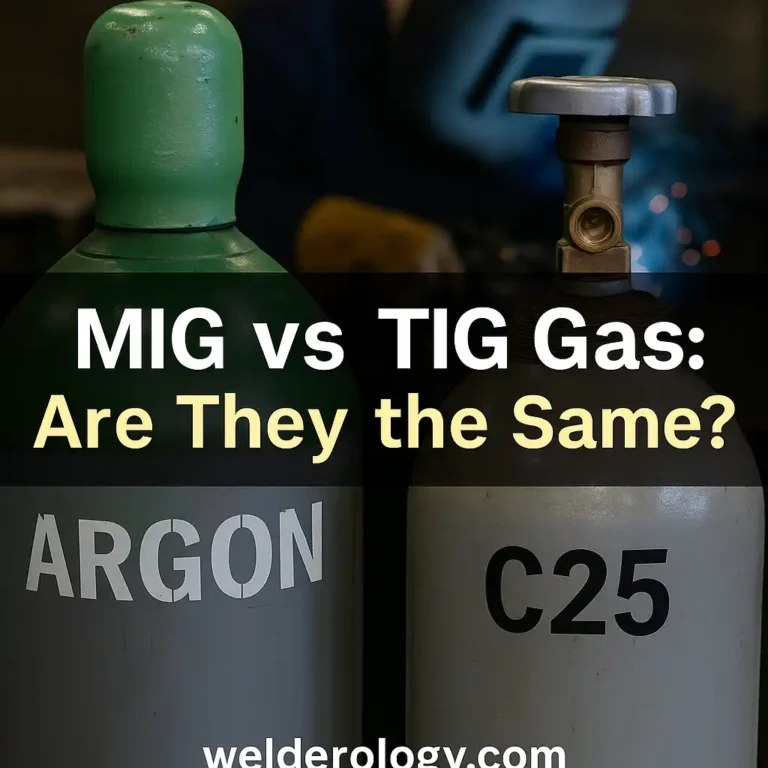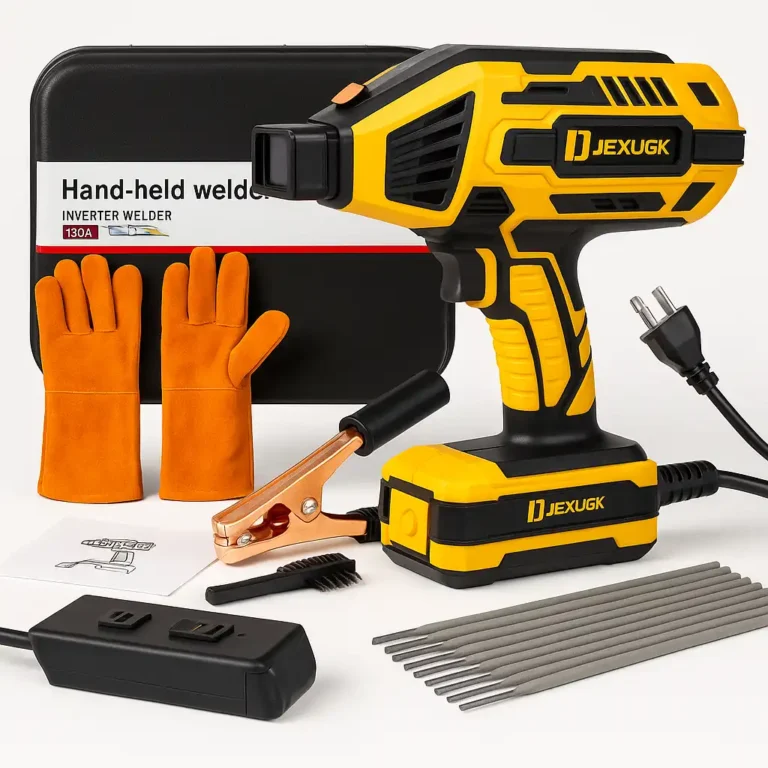When Was Welding Invented? Tracing the History Behind the Spark
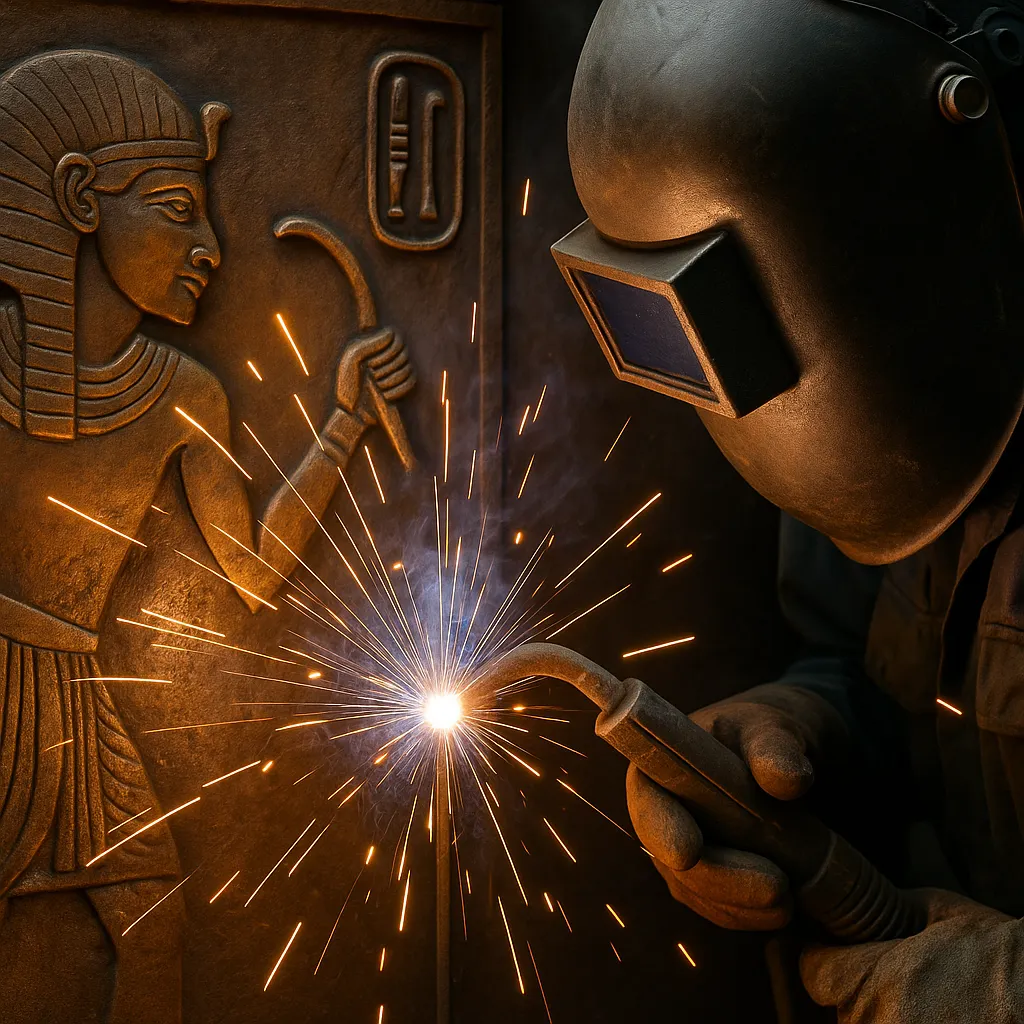
Disclosure: This post contains affiliate links. As an Amazon Associate, I earn from qualifying purchases—at no extra cost to you.
Welding has deep roots that stretch back thousands of years. What started as ancient metal-forging evolved into one of today’s most important trades—powering everything from skyscrapers to spacecraft. If you’ve ever fired up a machine in your garage or laid down a clean TIG bead on a job, you’re part of a long, fascinating story that’s still being written.
Let’s break down how welding started, how it’s changed over the centuries, and why understanding that evolution matters if you’re serious about the craft.
Ancient Beginnings: From Fire and Hammer to Functional Metalwork
Long before electricity entered the picture, metalworkers in ancient Egypt and Greece were already performing what we now call forge welding. This process involved heating metal until it was nearly molten, then hammering it together until it fused into one piece.
It might sound primitive, but it worked—and it was the go-to method for centuries. Even now, forge welding is still used in traditional blacksmithing and knife-making circles. It laid the foundation for modern welding by proving that heat and pressure could bond metal reliably.
The 1800s Spark a Revolution
Welding began shifting from fire to electricity in the 19th century. In 1800, Sir Humphry Davy produced the first electric arc using carbon electrodes. It wasn’t practical for welding yet, but it opened the door.
By the late 1800s, carbon arc welding had taken shape. Inventors like Auguste de Méritens and Nikolay Benardos developed early arc-based techniques. These weren’t refined or widely adopted at first, but they introduced the idea of fusing metal using electrical energy instead of brute force.
This era marks the beginning of modern welding—where technique started blending with science and machines.
World Wars and the Welding Boom
Demand for faster, stronger metal joining exploded during World War I and II. That need drove innovation in arc welding processes, particularly Shielded Metal Arc Welding (SMAW), commonly known as stick welding. SMAW proved essential for building tanks, ships, and military equipment quickly and reliably.
In the 1940s, Gas Tungsten Arc Welding (TIG) and Gas Metal Arc Welding (MIG) entered the scene. These processes gave welders better control, cleaner welds, and more versatility—especially when working with aluminum and stainless steel.
Based on feedback from working welders and industry pros, TIG remains a favorite for precision work, while MIG continues to be the go-to for quick fabrication and repairs.
Welding Today: Easier, Smarter, and Still Hands-On
Modern welding has never been more accessible. You can buy a dual-voltage MIG machine, plug it into a standard outlet, and start welding in your garage. Inverter technology, digital displays, and auto-set features have lowered the learning curve significantly.
According to community reviews and hobbyist feedback, beginner-friendly gear has made it easier to get started without sacrificing quality. And for pros, advanced setups like plasma and laser welding offer tight control and industrial-grade output.
Still, no matter how smart the machine gets, welding comes down to skill and technique. That part hasn’t changed in centuries.
Conclusion
Welding has come a long way—from blacksmiths striking iron under open flames to today’s multi-process digital machines. But at its core, the craft is still about joining metal in a way that holds under pressure, heat, and time.
Why it matters:
- Knowing the history helps you appreciate the tools and techniques we use today
- Understanding older methods sheds light on how welding has evolved—and why some things still work the way they do
- Whether you’re a beginner or a seasoned welder, you’re part of a trade built on centuries of innovation and craftsmanship

